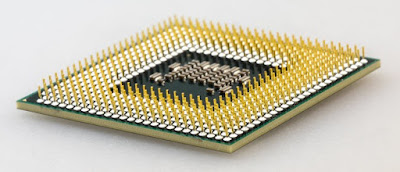Lesson-
7
INTRODUCTION TO HANDHELD COMPUTERS
(LAPTOP,
NETBOOK, TABLET)
What
is a Laptop Computer?
A
laptop is a battery or AC-powered personal computer that can be easily
carried and used in a variety of locations. Many laptops are designed to
have all of the functionality of a desktop computer, which means they can
generally run the same software and open the same types of files.
However, some laptops, such as netbooks, sacrifice some functionality in
order to be even more portable.
How
is a Laptop Different from a Desktop?
Since
laptops are designed for portability, there are some important differences from
desktop computers. A laptop has an all-in-one design, with a built-in monitor,
keyboard, touchpad (which replaces the mouse), and speakers.
That means it is fully functional even when there are no peripherals attached
to it. A laptop is quicker to set up, and there are fewer cables to get in the
way.
You
also have the option of connecting a regular mouse, a larger monitor, and other
peripherals. This basically turns your laptop into a desktop computer,
with one main difference: You can easily disconnect the peripherals and take
the laptop with you wherever you go.
Here
are the main differences that you can expect with a laptop:
Touchpad:
A touchpad (also called a trackpad) is a touch-sensitive pad that lets
you control the pointer by making a "drawing" motion with your
finger. Many touchpads now include multi-touch gestures, which allow you
to perform specific tasks by making gestures with more than one finger.
Battery:
Every laptop has a battery which allows you to use the laptop when it's not
plugged in. Whenever you plug the laptop in, the battery recharges.
Another benefit of having a battery is that it can provide backup power
to the laptop if the power goes out.










